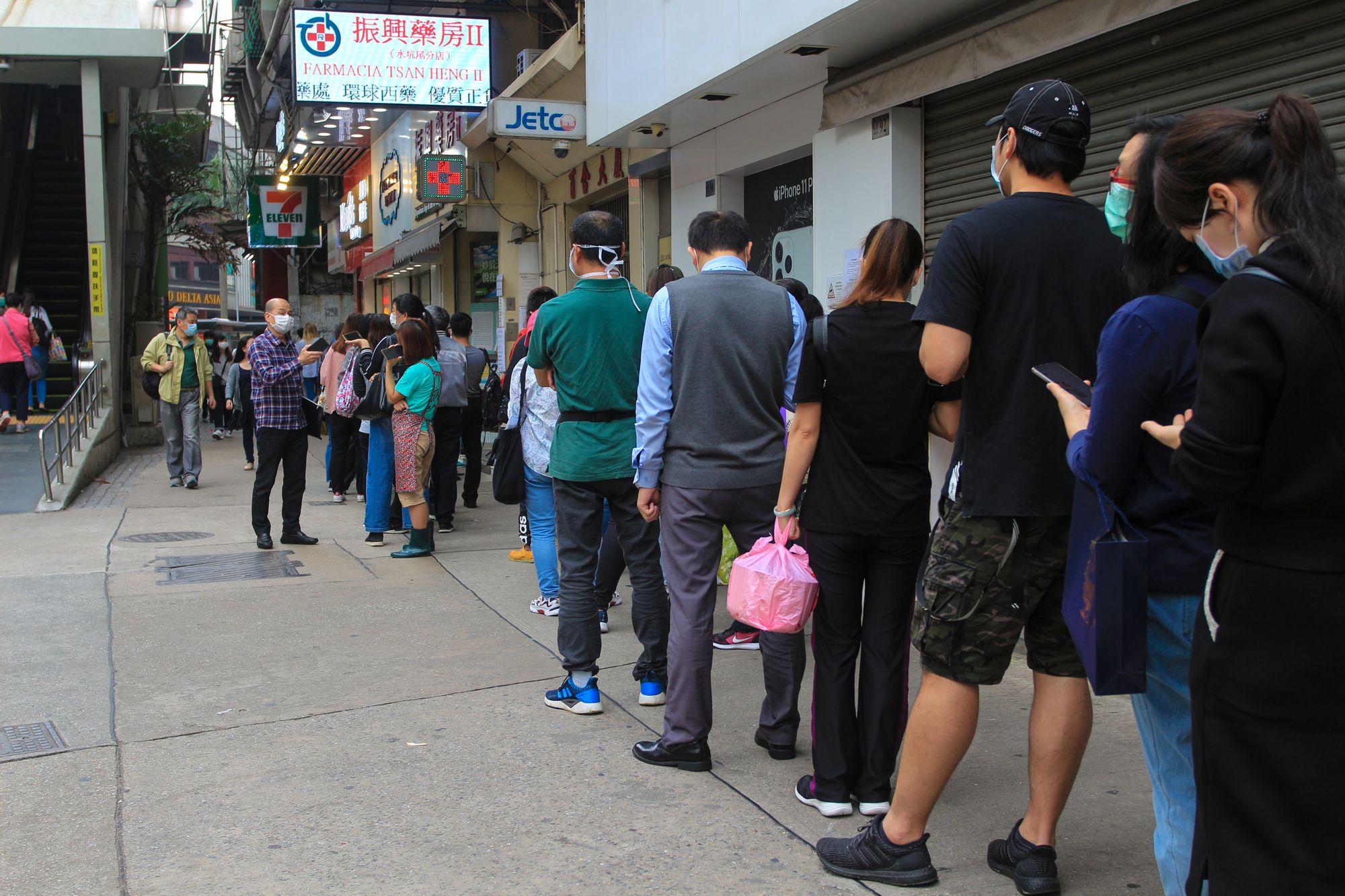Covid-19 first emerged in the Chinese city of Wuhan around November-December 2019, with the first mass outbreak starting there in January 2020. According to media reports, the earliest cases (though not ‘Patient Zero’) could be traced to as early as 17 November 2019. The lockdown measures put in place by the Chinese government were so severe and strict that they were described by the World Health Organization’s (WHO) country representative to China, Dr Gauden Galee, as ‘new to science’ and ‘not […] tried before as a public health measure’.
Indeed, on 23 January 2020, the Wuhan Command Centre on the Prevention and Control of the Novel Coronavirus Pneumonia Epidemic (Wuhan Command Centre) issued its Public Notice No 1, which shut down all public transport including outbound trains and flights, effectively cutting off Wuhan from the rest of China. On 10 February 2020 (in fact, 11 February 2020 as the notice was issued after midnight), Public Notice 12 was issued by the Wuhan Command Centre. This Notice imposed the immediate close-off of all residential blocks in Wuhan and ordered those who were diagnosed with, or who were suspected of having been infected by Covid-19, to stay inside their apartments. Two days later, the Wuhan Command Centre issued another notice, elaborating the meaning of ‘closed-off management’ (fengbi shi guanli). According to the Notice, only one entry/exit point, staffed with inspection personnel all hour round, was allowed for each residential block and the actual implementation of such measures were to be undertaken by district governments. In practice, this effectively locked up some 11 million residents in their own apartments without any mobility allowed. China also began to encourage the use of a health QR code system, a mechanism first introduced in Hangzhou in early February 2020, when the Notice on the Prevention and Control of Novel Coronavirus Pneumonia Epidemic with Scientific Precision was issued on 24 February 2020. An early study suggests that the health QR code has helped control the spread of Covid-19 in China, but, as it is effectively compulsory for everyone, the health QR code has raised concerns about privacy as it relies on ‘troves of data the authorities have collected from individuals — including their personal information, location, travel history, recent contacts and health status.’ Many worried that their personal information might be leaked, and that their information security could not be ensured. Finally, while most public notices on restrictions did not mention sanctions on violation, Chinese laws have always imposed civil sanctions, such as fines, for violation of social order. For instance, article 50 of the Law of the PRC on Administrative Penalties for Social Order Administration imposed a fine of up to 500 Yuan RMB (in addition to detention between five and ten days) in the case of non-compliance with government orders or decisions issued in times of emergency. For more serious cases, criminal sanctions are always available to the law enforcement authorities.
In light of these strict (often described as draconian) lockdown measures imposed in many cities (or parts of a city in late 2020) in China, it has been puzzling to many that no state of emergency, either for a specified area or for a province or even nationwide (as indeed most cities in China were partially locked down), was ever declared. The failure to declare such an emergency, in contrast to many other countries where such an emergency was promptly declared to allow the application of restrictive and emergency measures, is particularly strange in light of the 2004 constitutional revision. The original 1982 Constitution provided the Standing Committee of the National People’s Congress (SCNPC) with the power to declare martial law (jieyan) to be implemented throughout the country or in a province. The State Council was also granted the power to do the same in parts of a province. During the 2004 revision of the Constitution, it was decided to replace the power to impose martial law with a power to declare a state of emergency (jinji zhuangkuang, Articles 67 (21), 80, and 89 (16)) so as to cover natural disasters such as the 2003 outbreak of SARS. To implement this constitutional change, a law on emergency was proposed but until this day not enacted. This means that there has been a lack of detailed procedures for declaring an emergency, but at the same time it is clear that an emergency can be declared by either the SCNPC or the State Council, depending on the scope of application of the declaration. In the absence of a declaration of a state of emergency, the Constitution and all laws and regulations protecting basic rights should have, theoretically, continued their normal operation. Failure to do so casted a shadow over the legitimacy and legality of many lockdown measures imposed in China.
TWEET
